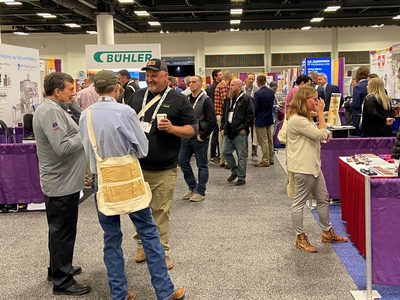Although the total number of explosions was lower than in recent history, two of the incidents resulted in the first reported fatalities since 2013.
Two of the fatalities occurred at Tate & Lyle’s grain elevator and one occurred at JCG Farms feed mill.
Reported causes of ignition last year included sparks, possibly generated by static electricity or friction between machine parts, and overheated bearings, such as those on conveyer belts and elevators.
Grain dust was confirmed as the main source of fuel in three of the incidents, but could not be confirmed in two of the others, the report said.
“The two most important factors in preventing an explosion are keeping the facilities clean and the equipment in good working condition,” said Kingsly Ambrose, assistant professor of agricultural and biological engineering at Purdue. “If the facility is clean, then the amount of potential fuel is minimized. If the equipment is in good working condition, there is less chance of ignition.”
Performing regularly scheduled equipment maintenance is a key first step in preventing fire and explosion.
“We can be happy that the number of explosions is down, but it’s important to stay vigilant,” Ambrose said. “I always tell people to keep their eyes, nose and ears open — if you see something strange, hear an odd noise or smell something unusual, then that’s the time to shut down and check all the equipment.
“It’s not about completing a one-day maintenance and thinking you’re done for the year. It’s a constant, ongoing process.”
Purdue University, in collaboration with the U.S. Occupational Safety and Health Administration, last fall held a workshop and on-site program to help farmers and workings in grain handling facilities learn how to prevent grain dust combustion and explosion. The workshop sessions were presented by Ambrose and Chad Martin, Purdue Extension renewable energy specialist.






